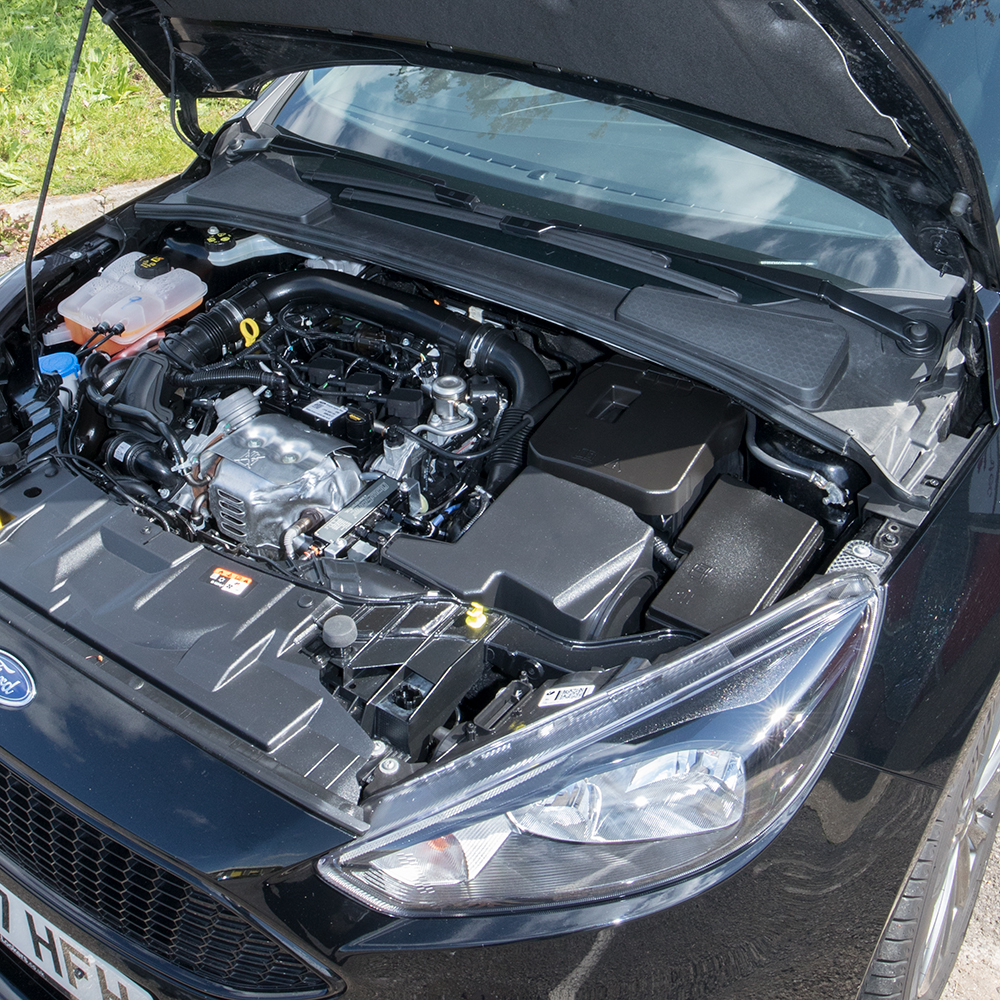How Temperature Affects Fuel Consumption Measurement Accuracy
This article explores the affect of changes in temperature in fuel consumption measurement accuracy in automotive test applications.

Mass, and in turn mass flow rate, is conserved throughout a series fluid circuit, and so measurements of mass flow will be consistent at any given points in that circuit. This is not true for volumetric measurement, as volume is a function of density, which varies with the temperature of the substance under measure.
In automotive test applications, fluid flow meters are often used to measure the consumption of fuel. In order to ensure accuracy of data relative to the actual fuel consumption of the vehicle, it is important for the flow meter to be positioned as close to the point of consumption – the engine – as possible.
When positioned in the engine bay of a vehicle, the flow meter will experience elevated temperatures compared to the rest of the fluid circuit.
The higher temperature at this part of the circuit causes the fluid to expand, and the volumetric flow rate through the flow meter is therefore higher than it would be if the meter were located in a cooler part of the fluid circuit.
This increase in volumetric flow rate may also occur if the flow meter has been installed in a cool location but the fluid itself has been heated.

In metrology applications, even a small uncompensated temperature difference can cause the volumetric flow meter to read outside of its specification due to the expansion of the fluid as it warms up. In such high-precision applications, great care must be taken to minimise temperature differences wherever possible, and to compensate for any which remain.
The following examples outline specific cases where the effect of temperature on fluid volume may be a significant consideration:
Example 1: Feed and return in a fuel system
A pair of ultrasonic flow meters are installed in a vehicle to measure net fuel consumption. The first meter measures the fuel dispensed from the tank, and the second measures the unused fuel returned to the tank. Net consumption is calculated by subtracting one measurement from the other.
Measuring the net fuel consumption in this manner is inherently sensitive to small errors, as it is an example of the classic ‘difference between two large numbers’ problem – even a small percentage error in either one of the values will result in a much larger percentage error in the difference.
Here, an error may be introduced due to the heating of the unused fuel as it passes through the fuel rail. This unused fuel then returns to the tank much warmer than the fuel already in it. The warmed fuel has a lower density and so the second meter will measure a higher volumetric flow rate than if the temperature had remained constant around the circuit. The net result is that the vehicle will appear to be using less fuel than it really is.
Example 2: Calculating mass flow using a density meter
An ultrasonic flow meter is installed in the engine bay of a vehicle. The volumetric flow output from this meter is used in conjunction with the output from a density meter, which is located away from the engine, to calculate a value for the true mass flow of fuel being consumed by the engine. The density, volume flow and temperature values are all recorded by a data logger.
In this example, the temperatures reported by the flow meter and the density meter will be different, because they are located in different parts of the vehicle. Although the density meter is accurate locally, the temperature difference between it and the flow meter means that the fuel densities at the two locations will be different. The mass flow figure is likely to be too high because the fuel passing through the flow meter is warmer and therefore has a lower density.
This error can be minimised by locating the density meter and ultrasonic flow meter in close proximity to each other, and ensuring the temperature of the fuel does not change significantly between the two. Both density meter and flow meter incorporate their own temperature sensors, and the readings from these can be used to estimate and correct for any change in density resulting from a difference in temperature between the two instruments.
Conclusion
Varying temperatures in the fuel circuit can affect accuracy of fuel measurement, and so differences in temperature must be identified and compensated for where possible.
The high level of accuracy of the Sentronics ultrasonic flow meter means that great care is required in any testing or calibration set-up, to ensure that systematic errors introduced by the test rig do not exceed the performance specifications for the flow meter, especially at very low flow rates.

